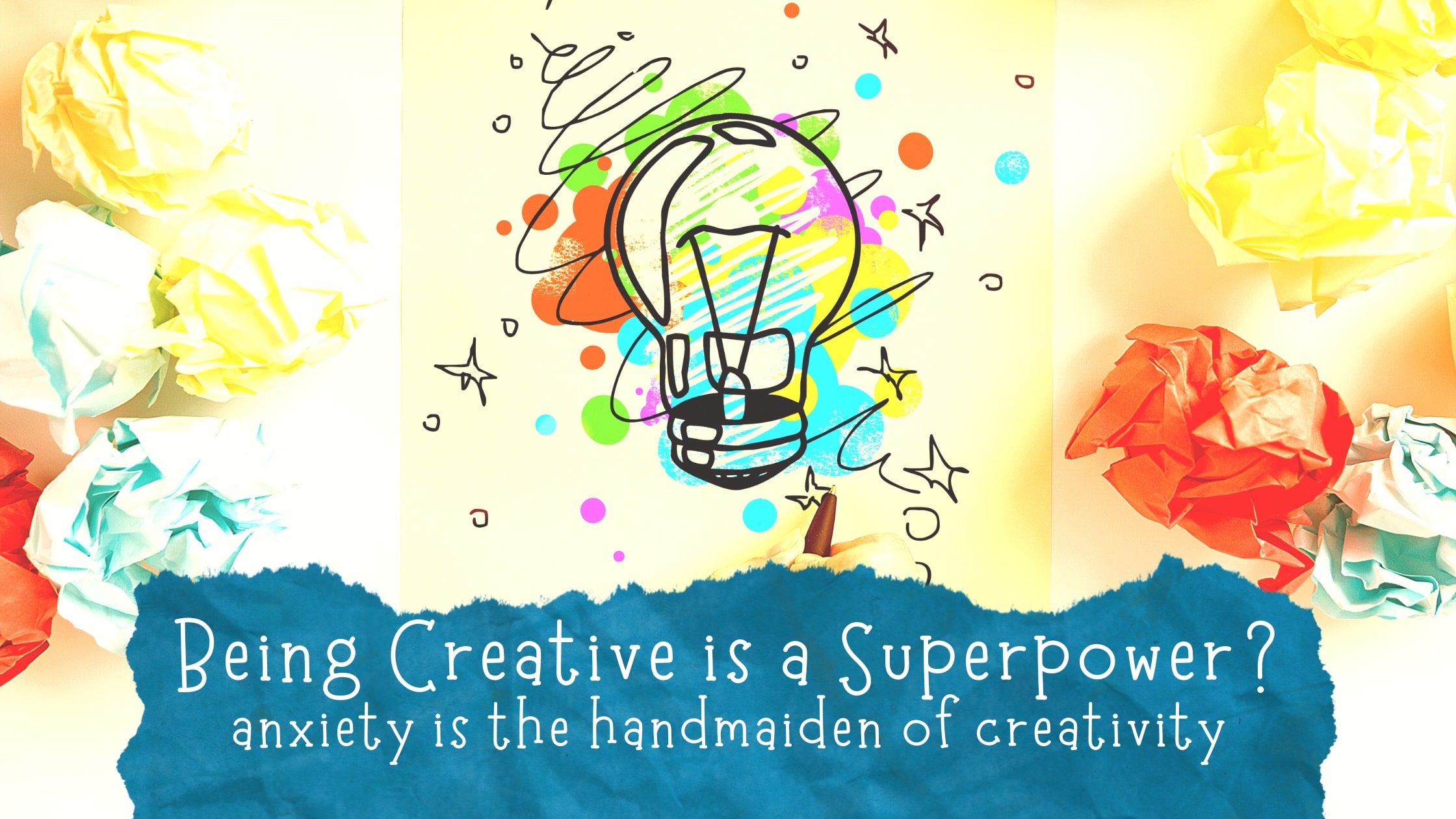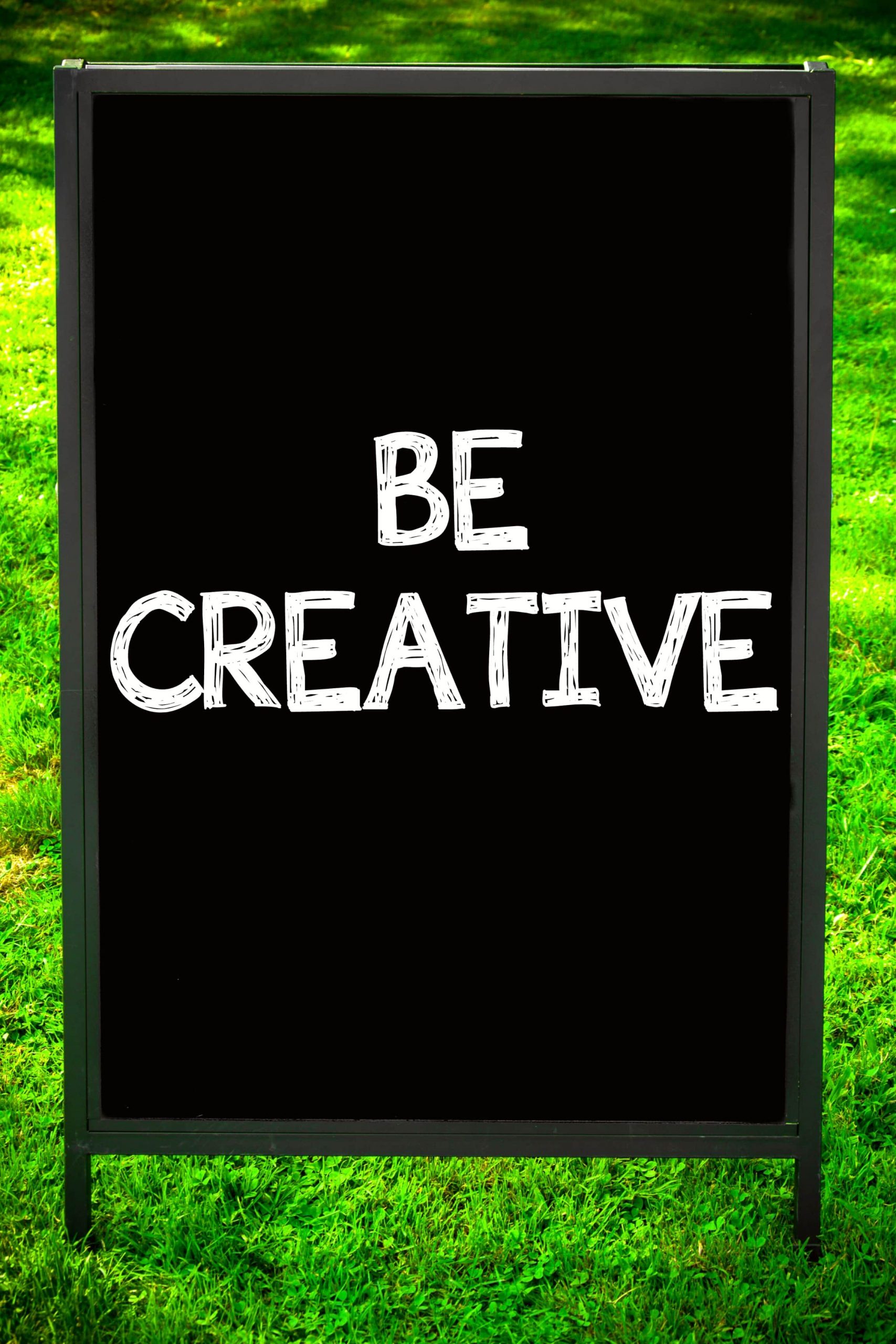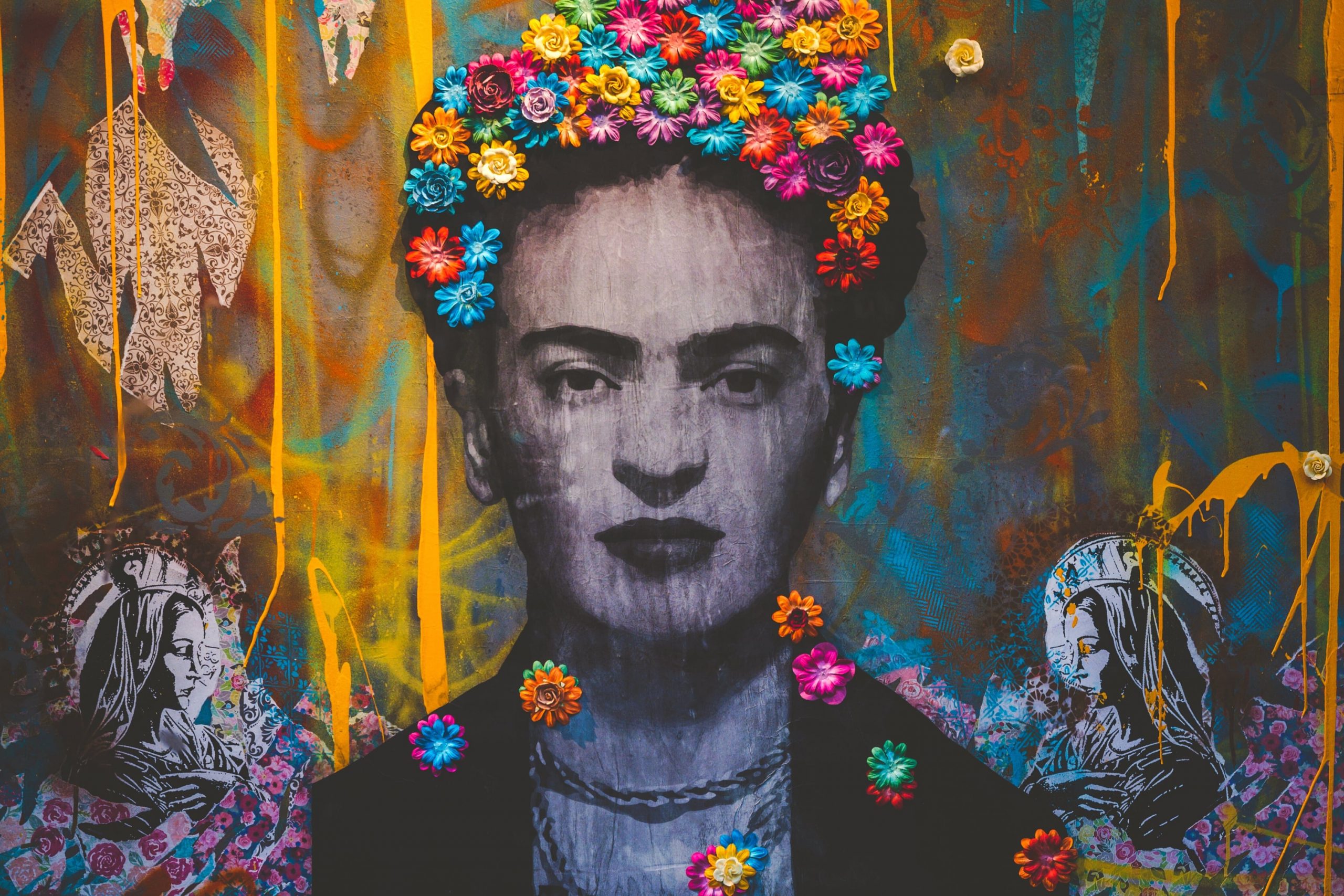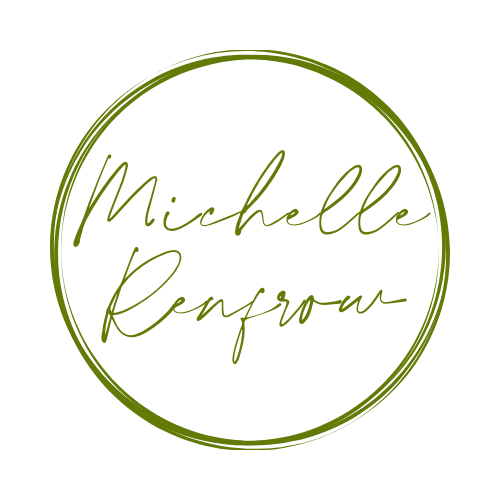
Solaramentalhealth.com has a lot to say about being creative as it relates to mental health, “Look at it this way: without anxiety disorders, the world would never have been graced with the talents of: Abraham Lincoln (U.S. President), Emily Dickinson (American poet), Vincent van Gogh (Dutch artist), Brian Wilson (American musician/Beach Boys frontman), or T.S. Eliot. In fact, Eliot gave us the sentiment, “Anxiety is the handmaiden of creativity.”
Anxiety is a common experience shared by “creative types,” experienced very differently from person to person, even though outward symptoms in different individuals may bear resemblances. It is a defense mechanism that may be a reaction to the surrounding environment or to something that may happen in the future, and it may be a reaction to something from the past, even as far back as childhood.
Anxiety has even been referred to as “the price one pays for the ability to imagine the future.” Here is the rest of the article. It is spot on with what I am talking about.
Why creative folks?
Simple. Very active minds are able to conjure up so many things to be worry about.
Less complex minds may worry less because there isn’t as much thinking.
But with the creatives, there’s always a lot of thinking.
If your mind is not only active, but also creative, that ups the ante. Stress is a universal experience, but for those that are creative, bright, talented, motivated, ambitious, etc., these added talents can add to the everyday stress of life—more is always expected.
What do creatives stress about?
Sources of stress are different for everyone, but here are some typical stressors for creative minds:

EXISTENTIAL
- Immense concern with universal problems (e.g., poverty, war, climate change, world hunger, etc.)
- Idealism/Perfectionism
- Isolation
- Anger at God/fate
- Driving need for meaning and purpose
SITUATIONAL
- Disharmony in relationships
- Time constraints
- Inner conflict between “what is” and “what should be”
- Boredom (due to lack of intellectual stimulation or challenge)
- Feeling overwhelmed, even paralyzed by challenges
- Lack of resources to accomplish a task
SELF-IMPOSED
- Exceedingly high, even unrealistically high standards for self and for quality of work
- Fear of success
- Fear of failure
- Incessant negative self-talk
- Emotionally-driven, overly analytical beliefs about self and surroundings
- Believing that they should be loved, adored, and esteemed by everyone
- Buying into the negative evaluations/criticisms of others
- Worrying
- Always expecting the worst case scenario
STRESS-ANXIETY MANAGEMENT
There are enough stress and anxiety management tools and techniques that you should be able to easily choose at least one or two that work well for you in a pinch.
- For starters, remember to breathe slowly and deeply.
- Another good tool is the cognitive exercising of turning your negative self-talk into positive, relaxing, productive thoughts.
And for your no-brainer, create a lifestyle for yourself that supports calm and relaxation. A hectic lifestyle can place unnecessary strain on your nerves, and hence, on your mental health.
For more, check out this post that addresses stress reduction.

Five things to remember about anxiety and creativity
Humanity cannot afford to waste human creative gifts. We need to continue learning how to nurture them. Some individuals with a talent they’d like to play with and develop more thoroughly may erroneously think that “it’s a silly waste of time” or maybe that it’s “too late in the game.” Creatives need to understand how important these gifts are and pursue them. It’s never too late to start.
Creative individuals are naturally more vulnerable, though more… creative. An openness to new experiences, an aptitude for dealing with ambiguity, and novel ways of approaching life allow creatives to perceive things in fresh, original new ways.Creatives live in a much more fluid and ethereal world, as stressful as it may be (think of sensory overload). Meanwhile, those that are less creative tend to quickly respond to life based on what they have been told by those in “authority.”
Creative aptitudes can lead to social alienation, anxiety, and depression. Such is the life of a creative. Though they may experience higher rates of mood disorders than others, their highs and lows tend to be more spread out and brief, which can lead to more creative periods in their lives.
Talented, creative, original individuals may seem unique, unusual, and even strange to others. Creatives may find themselves responding to criticism, mockery, or outright rejection for their unconventionality, or for questioning “too much.” Most people are uneasy with open, new ways of looking at life, and many will never hesitate to say so. But creatives should never let that stop them.
Creative minds are challenged at “curating” incoming thoughts and ideas. Creatives are not only more prone to mental illness, they exhibit a problem with filtering or selectively blocking the countless stimuli coming into their brains. Something that helps them? Spending long blocks of time isolated from other people.
And one more: Creative people are more likely to be original and productive when enjoying the company of other creatives.
The poet once said ‘It’s good to be tortured. The thoughts are unstoppable.’
Take American musician Lady Gaga, for instance, who once spoke of one of the most common experiences among artists: a racing mind. She spoke of not being able to “control her thoughts at all,” and of being “tortured.” But she claims to enjoy the torture. Thus, she says her music comes to her constantly.
So, if you’re a creative, embrace the creative gift you’ve been given and celebrate your uniqueness. Use it. Use what frightens you to get motivated and creative.
As always if you or someone you know is struggling with mental health issues I encourage you to get help. 988 is the new National Suicide hotline. Call your local mental health office, 211 for information or contact the United Way for assistance.

